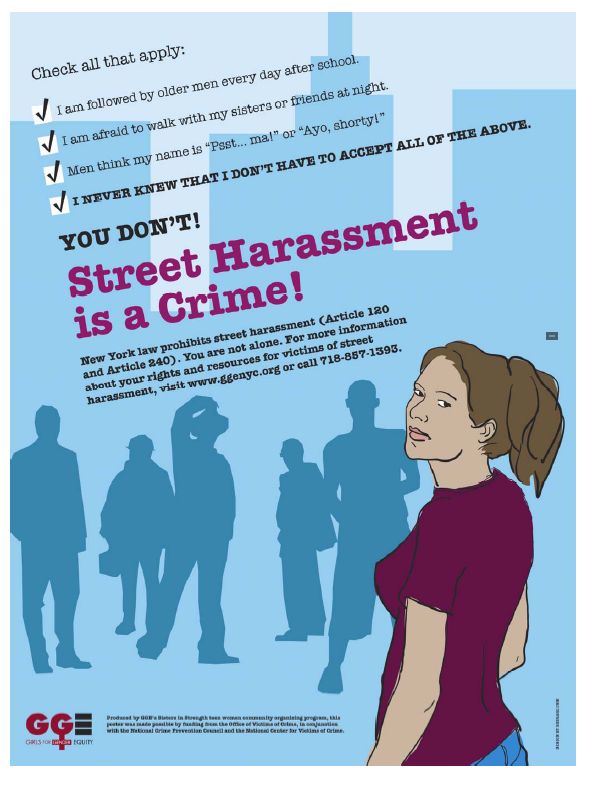The Medina Domestic Violence Shelter Reopens with a Focus on Community Engagement
The Medina domestic violence shelter will soon reopen after a renovation and addition project that was delayed by the pandemic.
The location of the shelter will no longer be kept secret.
Agency leaders hope the community will become more involved with the shelter.
When a domestic violence shelter first opened in Medina in 2000, the location was kept secret to protect the victims who sought refuge there.
When the shelter reopens this summer after being closed for more than three years , though, its location will be made public.
The reason for this switch? Teresa Stafford, who heads the Battered Women’s Shelter of Summit and Medina Counties, said many now believe that keeping a shelter’s location secret contributes to a stigma that domestic violence is something that needs to be hidden.
The agency also wants the shelter, which has been closed for a major renovation and expansion, to be more entwined with the community. Disclosing the location is the first step.
“We want to look at it differently – to open it up to the community,” Stafford said on a recent afternoon as she provided a sneak peek of the updated shelter to the Beacon Journal. “If we want to combat the issue, it takes an entire community to do that.”
Open House and Community Engagement
With this goal in mind, an open house at the renovated shelter, located at 543 E. Washington St., will be held from 4 to 6 p.m. Thursday.
How to help: Donate, volunteer, name a room: How you can help the reopening Medina shelter
Tours of the shelter and refreshments will be provided. Those who attend will also learn ways they can help, which include purchasing items on an Amazon wish list to outfit the now-empty shelter, sponsoring a room and volunteering.
The shelter is expected to officially open in late June or early July.
The agency had serious challenges in getting to this point, with supply chain issues during the pandemic making the project cost twice as much and take twice as long as expected.
More: Fewer workers, higher prices, less stuff: Shortages are changing lives in Northeast Ohio
Especially given these obstacles, many local leaders are pleased that the shelter will soon be reopening. They see it as an important asset for the community.
SDGs, Targets, and Indicators
SDG 5: Gender Equality
Target 5.2: Eliminate all forms of violence against all women and girls in the public and private spheres, including trafficking and sexual and other types of exploitation.
Indicator 5.2.1: Proportion of ever-partnered women and girls subjected to physical, sexual, or psychological violence by a current or former intimate partner in the previous 12 months.
SDG 11: Sustainable Cities and Communities
Target 11.7: By 2030, provide universal access to safe, inclusive, and accessible, green, and public spaces, in particular for women and children, older persons, and persons with disabilities.
Indicator 11.7.1: Average share of the built-up area of cities that is open space for public use for all, by sex, age, and persons with disabilities.
Table: SDGs, Targets, and Indicators
SDGs
Targets
Indicators
SDG 5: Gender Equality
Target 5.2: Eliminate all forms of violence against all women and girls in the public and private spheres, including trafficking and sexual and other types of exploitation.
Indicator 5.2.1: Proportion of ever-partnered women and girls subjected to physical, sexual, or psychological violence by a current or former intimate partner in the previous 12 months.
SDG 11: Sustainable Cities and Communities
Target 11.7: By 2030, provide universal access to safe, inclusive, and accessible, green, and public spaces, in particular for women and children, older persons, and persons with disabilities.
Indicator 11.7.1: Average share of the built-up area of cities that is open space for public use for all, by sex, age, and persons with disabilities.
Analysis
SDG 5: Gender Equality
The article discusses the reopening of a domestic violence shelter and the decision to make its location public. This decision is connected to SDG 5, which aims to achieve gender equality and eliminate violence against women and girls. By making the shelter’s location known, the stigma associated with domestic violence is challenged, contributing to the goal of eliminating violence against women and girls.
The specific target under SDG 5 that can be identified is Target 5.2: Eliminate all forms of violence against all women and girls in the public and private spheres, including trafficking and sexual and other types of exploitation. The article highlights the importance of disclosing the shelter’s location to combat the stigma associated with domestic violence.
The indicator mentioned in the article that can be used to measure progress towards this target is Indicator 5.2.1: Proportion of ever-partnered women and girls subjected to physical, sexual, or psychological violence by a current or former intimate partner in the previous 12 months. While the article does not provide specific data on this indicator, the decision to make the shelter’s location public can contribute to reducing violence against women and girls by encouraging them to seek help and support.
SDG 11: Sustainable Cities and Communities
The article discusses the renovation and expansion of the domestic violence shelter, including improvements to the physical space and the aim to create a more homey and healing environment. This is connected to SDG 11, which focuses on creating sustainable cities and communities that are inclusive, safe, resilient, and sustainable.
The specific target under SDG 11 that can be identified is Target 11.7: By 2030, provide universal access to safe, inclusive, and accessible, green, and public spaces, in particular for women and children, older persons, and persons with disabilities. The renovation of the shelter aims to provide a safe and inclusive space for women and children who have experienced domestic violence.
The indicator mentioned in the article that can be used to measure progress towards this target is Indicator 11.7.1: Average share of the built-up area of cities that is open space for public use for all, by sex, age, and persons with disabilities. While the article does not provide specific data on this indicator, the renovation of the shelter and the addition of new spaces such as bedrooms, a workout room, and a group work room contribute to providing accessible and inclusive spaces for women and children.
Behold! This splendid article springs forth from the wellspring of knowledge, shaped by a wondrous proprietary AI technology that delved into a vast ocean of data, illuminating the path towards the Sustainable Development Goals. Remember that all rights are reserved by SDG Investors LLC, empowering us to champion progress together.
Source: beaconjournal.com
Join us , as fellow seekers of change, on a transformative journey at https://sdgtalks.ai /welcome , where you can become a member and actively contribute to shaping a brighter future.








